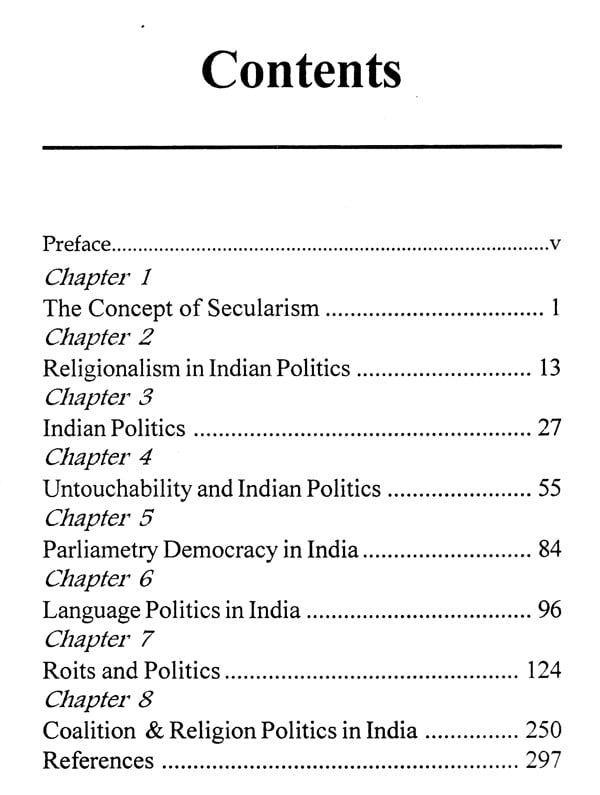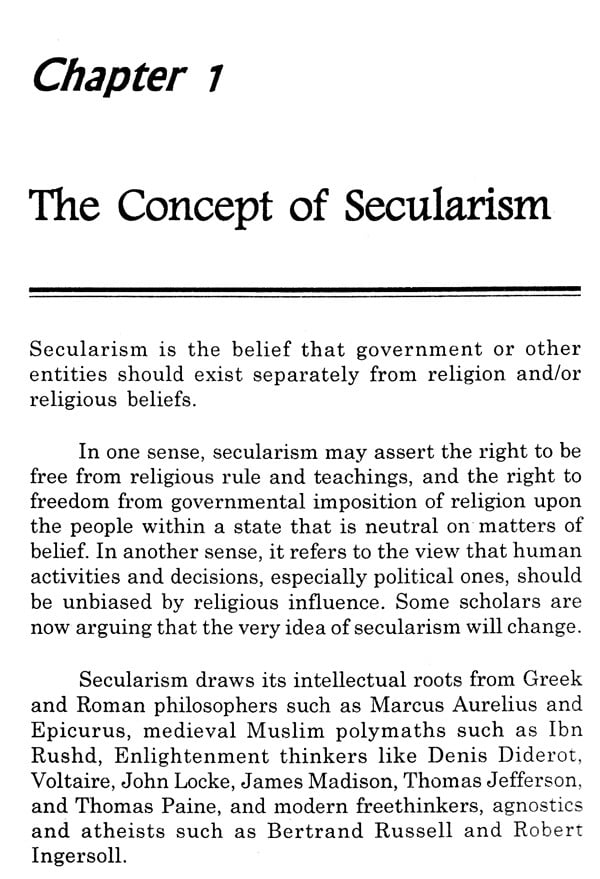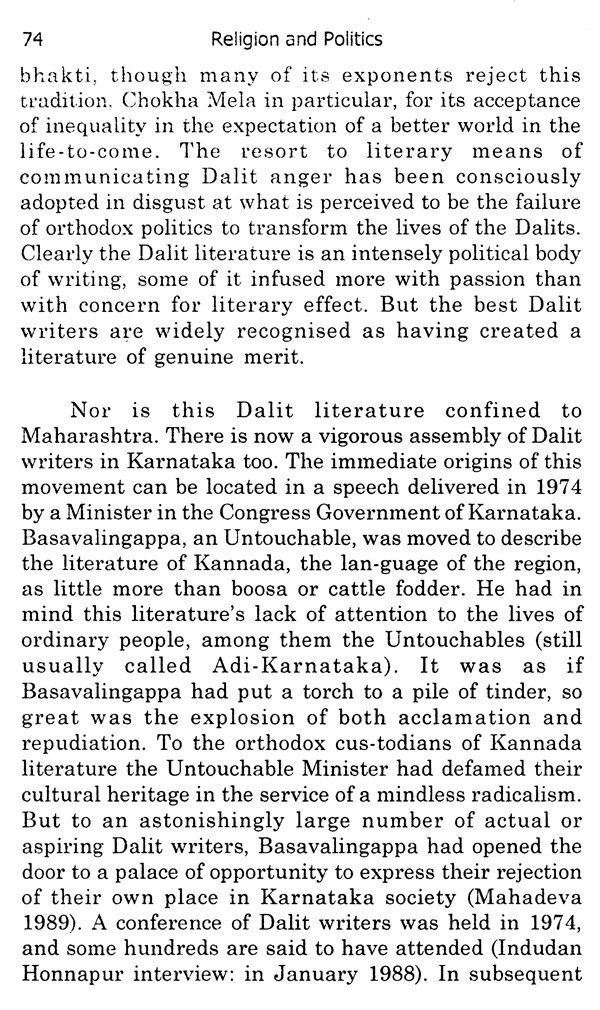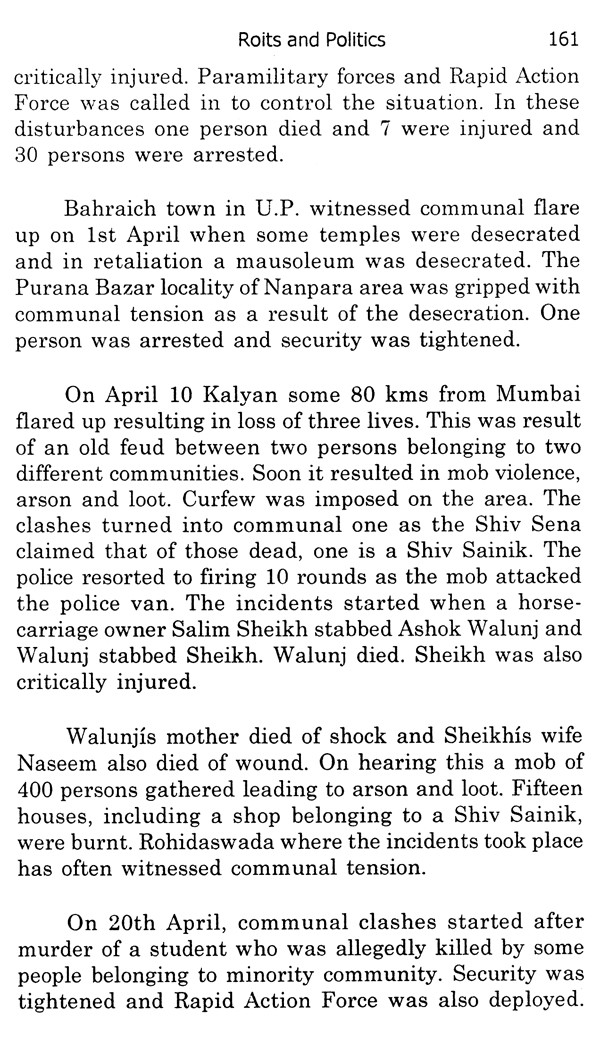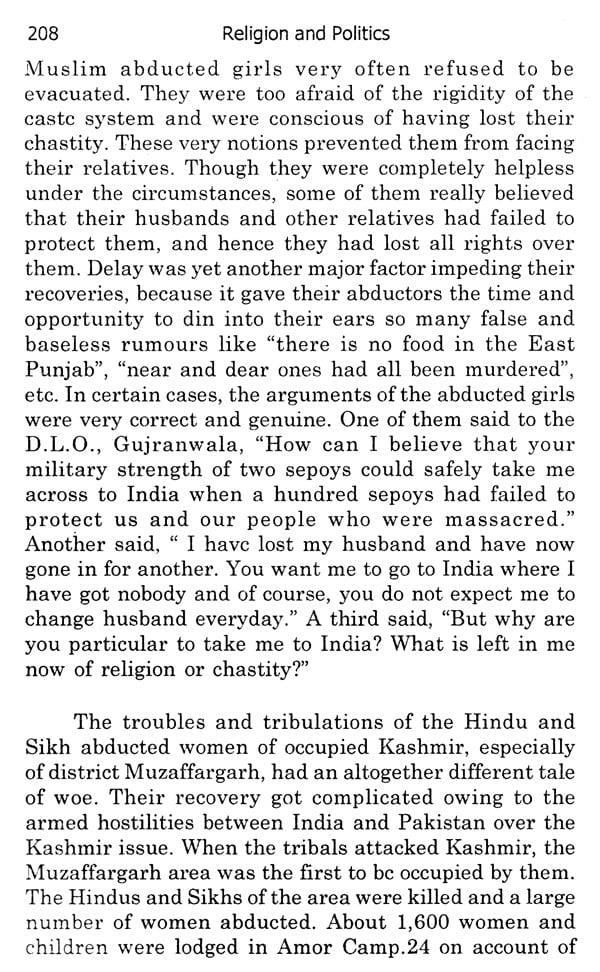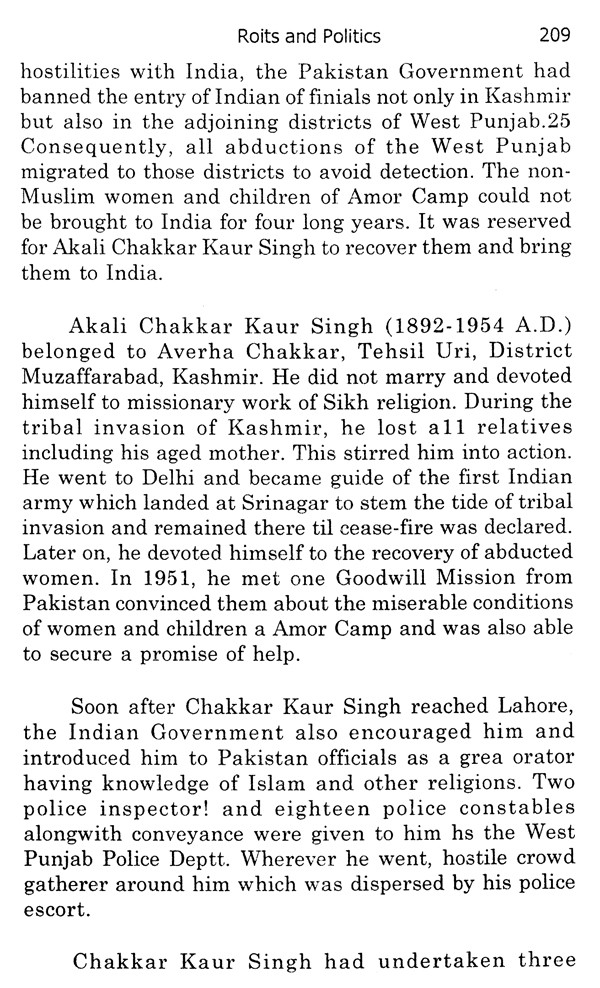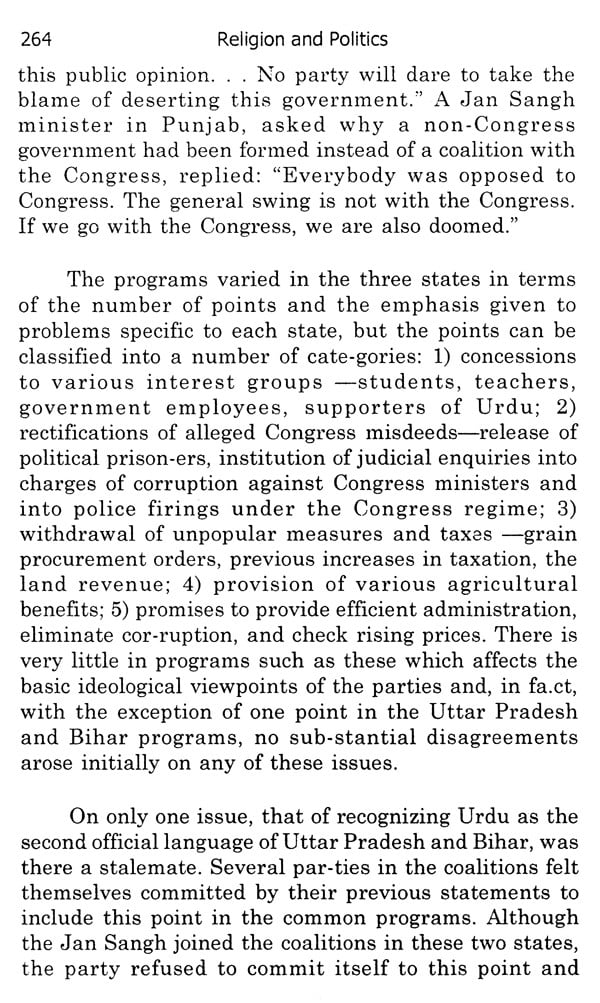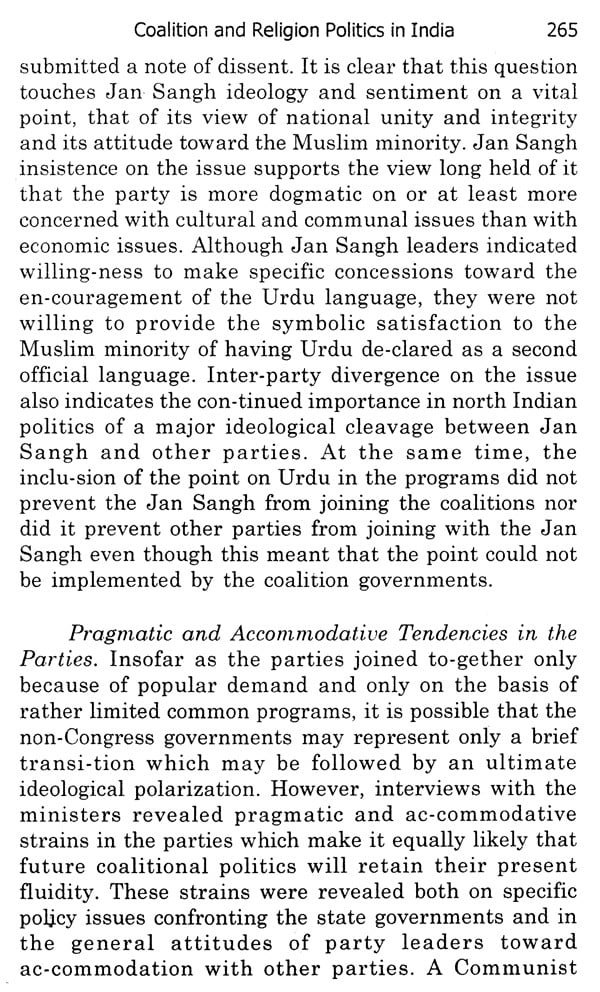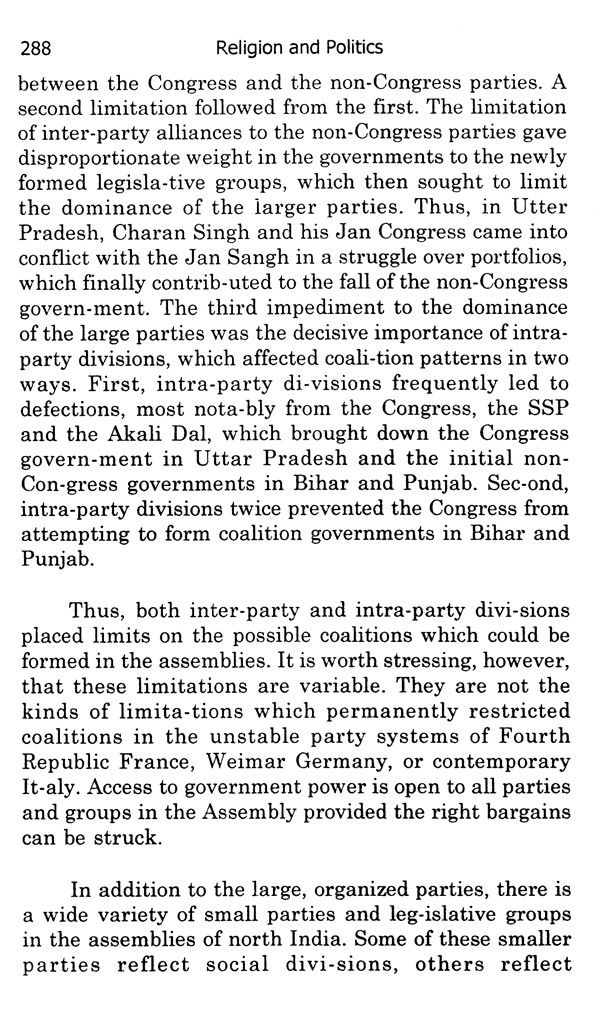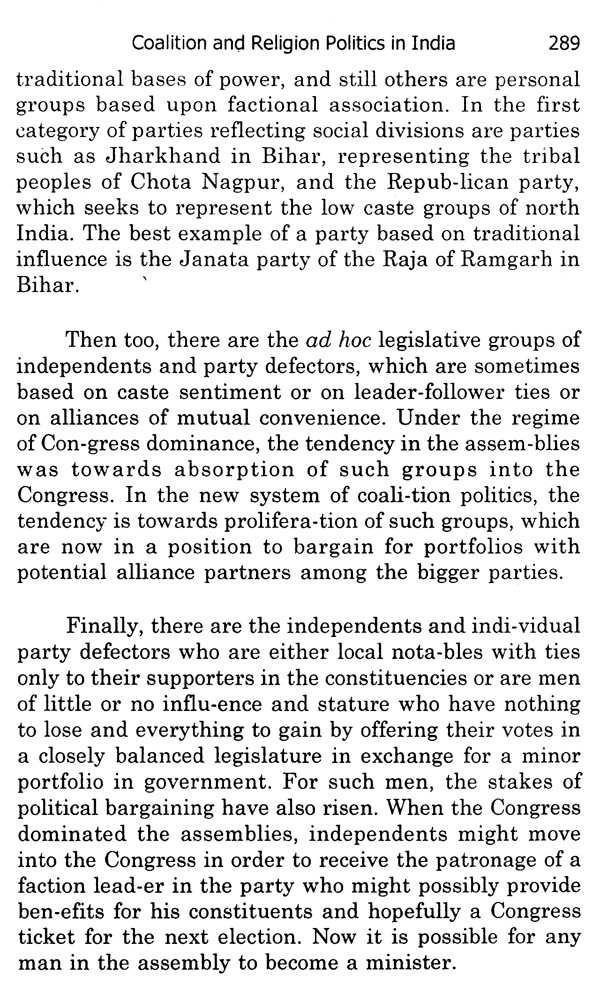
Religion and Politics
Book Specification
| Item Code: | UAX645 |
| Author: | M.N Ahmad |
| Publisher: | Shakti Publishers and Distributors, Delhi |
| Language: | English |
| Edition: | 2011 |
| ISBN: | 9789381499047 |
| Pages: | 302 |
| Cover: | HARDCOVER |
| Other Details | 9.00 X 6.00 inch |
| Weight | 480 gm |
Book Description
Religious ideology, particularly that expressed by the Hindutva movement, has strongly influenced Indian politics in the last quarter of the 20th century. Many of the elements underlying India's casteism and communalism originated during the rule of the British Raj, particularly after the late 19th century; the authorities and others often politicised religion. The Indian Councils Act of 1909 (widely known as the Morley-Minto Reforms Act), which established separate Hindu and Muslim electorates for the Imperial Legislature and provincial councils, was particularly divisive. It was blamed for increasing tensions between the two communities.
Dr. Mohd. Naseem Ahmed M.A. Pol.Sc., M.A. Sociology, Ph.D. is former Professor, Department of Sociology at Choudhary Charan Singh University, Meerut. His primary education in St. Coloumbus School, and Postgraduation in Rohilkhand University, Uttar Pradesh and Ph.D. from Kakatiya University. He has conducted extensive Field Research in the Politics, Islamic Studies and Terrorism since last 7-8 years. A Reputed scholar he wrote a large number of Articles, Journals and Review in many reputed newspapers and journals. Last 5 years he committed with many social organisation and N.G.O. in Delhi. Now he write a book Terrorism and Human Rights and political system of India.
With 1.25 billion people, India is the second most populous nation and the largest democracy in the world. The population is divided among a Hindu majority of 80.4%, at Muslim minority of 13.4%, a Christian minority of 2.3%, and the remainder composed of various religions. This makes for a very volatile political environment, though it was not always this way. The use of religion in Indian politics can be linked to the country's pre-independence era. It is believed that the British, who ruled India for more than 100 years around the 19th century, pitched one community against the other to weaken the freedom struggle.
The religious divisions affect both party organization and voting habits. The key political players are the Bharatiya Janata Party (BJP), which is the party most closely tied to the Hindu-nationalist agenda. The political problems arise out of the Hindu nationalist's violent fringe, which rejects encroachment by non-Hindus.
The BJP's primary political opponent is the Indian National Congress (also called "the Congress"), which advocates for "secularism" or the notion that all religions should be treated equally before the law. The Congress advocates a public square that functions more like the religiously "neutral" public square of Western, industrialized democracies.
India's political-religious divides are in turn cross-cut by caste loyalties. The caste system is poorly understood outside of India, but it is primarily a cultural rather than religious. phenomenon. Caste loyalties do get picked up in the religious. divisions, since many from the poorest castes are more likely to convert out of Hinduism. Christianity has made big gains among the Dalits and among those formerly known as the "untouchables".
As might be expected, the Hindu population tends to support the BJP. Likewise, the Muslim and Christian populations tend to support the Congress and its commitment to protect pluralism. With these divisions showing no signs of disappearing, separating politics from religion is nearly. impossible and might not even be desirable.
"Communalism" is another religious-political term that is often invoked in Indian public discourse. Arora says "communalism" is the means whereby Hindu nationalists cast Christians and Muslims as enemies of the Hindu-majority community.
"As part of its 'communal' agenda, the BJP allegedly organizes and incites communal violence, and raises divisive issues, such as 'Islamic terrorism', uniform civil code, and Christian conversions," declared Arora.
At its worst, the "communal agenda" has resulted in the loss of lives and the destruction of homes and property among both Christians and Muslims. Arora argues that though religious violence has always been a part of Indian society, these acts surged after the BJP took political power in 1998. The total of violent acts against Christians alone numbered approximately 1000 in 2007, or almost three per day, Arora pointed out.
Of course the most important window into the religious political tensions ought to be the news media, but Arora argues that Indian media do not always serve the public well in these matters. One issue is that Indian media do not have a religion beat, per se, and thus lack reporters with expertise. But the media often fail their publics with poor reporting and by mislabeling violent events in a way that protects the perpetrators. The media consistently label communal violence as spontaneous "riots" even when the evidence implies they were premeditated.
**Contents and Sample Pages**

